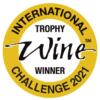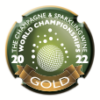Author: Zam Baring
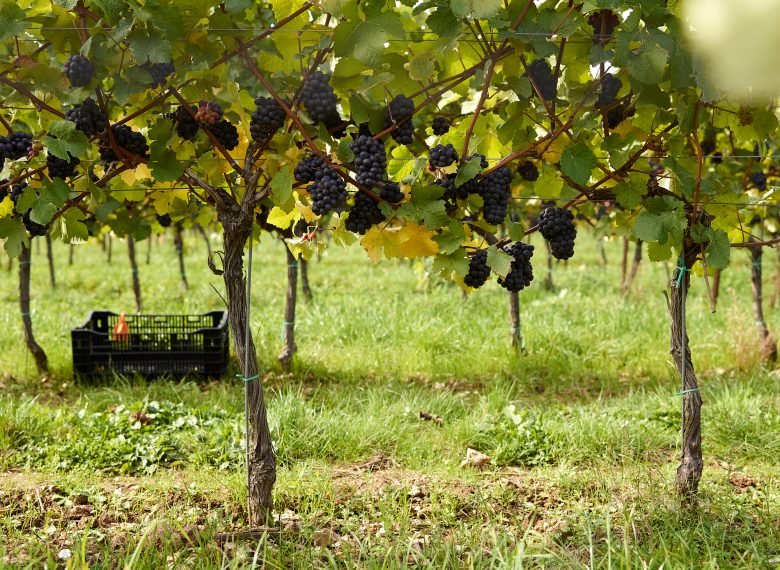
The perfect storm?
We have had almost the perfect storm this year in Burge’s Field. But for the early (and late) frosts, 2018 would have been the ideal growing season. From flowering in mid June, through fruit set in early July, to veraison (when the berries take on their final colour) in September, there was barely a drop of rain, nothing but long, sunny days with warm breezes. Thanks to the vast, sponge-like mass of Cretaceous chalk on which the vineyard lies, the deep-rooted vines were never short of water (though the same could not be said for our cover crops, some of which didn’t even germinate until the wet few days in mid-August), and the vines luxuriated in the warmth. In each of the past three years we have picked an average of 49 tonnes at harvest – this year we had 143 tonnes.
Besides the lovely weather, two other factors contributed to this amazing harvest. The vines are hitting the start of maturity at eight years of age (with a decade or two to go at least) and, possibly most importantly of all, after five diligent years, Phil has achieved an ideal balance in the winter pruning. We use a double Guyot system where two gently arched canes provide anywhere between 10 and 20 shoots on which the vines produce leaves and flowers and fruit in subtle balance.
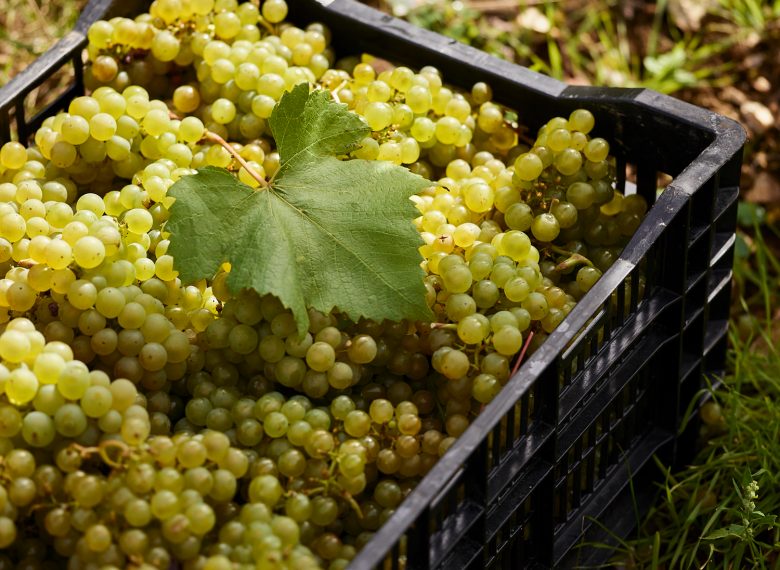
The proof of the storm's perfection lies not just in our yields of almost 6 tonnes per acre, but also in the magnificent ripeness of most of the crop. When so heavily loaded with grapes, the vines often struggle to ripen them and the quality suffers but, apart from one clone that overburdened itself, these were some of the sweetest and ripest grapes we have so far produced.
I can barely wait for 2022 and beyond when this harvest will finally show us its full, fragrant and opulent beauty. Watch out especially for a special blend made only of some exquisite late-harvested Chardonnay....
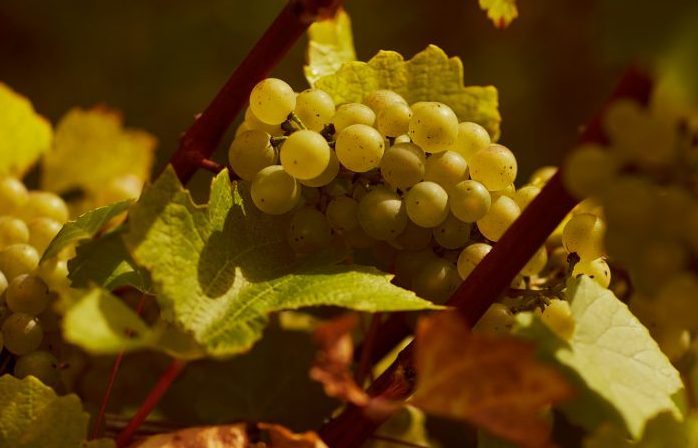
more frost
The vines are fat with grapes, full and sweet and juicy and just ten days from pickable perfection. But, just as the finishing post is almost touchable, the spectre of early Autumn frosts has appeared.
Our plucky Frost Warriors were out in the vineyard at 5.30 on Monday morning and again until 2 on Tuesday morning lighting candles. It seems to have done the trick because the thermometer in row 135 dropped to 0.2C and no lower, yet on my way back to bed the roadside verges were rimed with frost and parts of rural Hampshire got down to -2C…
-2C doesn't sound too cold, but even an hour of it in the vineyard and the glorious 2018 growing season would have come to nothing - frozen grapes need picking within hours and we would barely have been able to harvest 10% of what is out there.
You'd spend all night watching the flames if you weren't so cold!
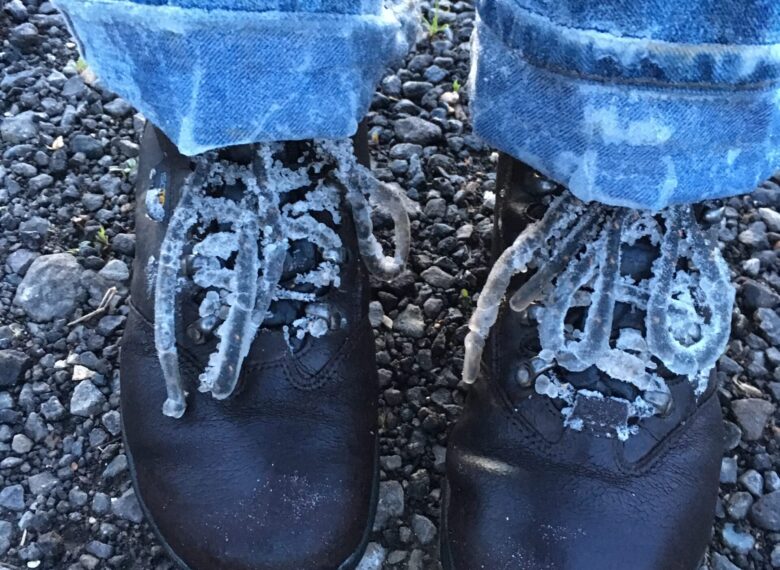
frost
If ever you meet an English grape grower in late April or early May, chances are they will be a little distracted. This is the time of the year when a late frost can decimate the vineyard.
Grape vines are very tough indeed during the winter – they can deal with -40C for long periods – but when the buds start to swell and burst in the spring they get a lot less tough. Once the fourth leaf has separated from the stem any temperatures below -2.8C will kill 90% of the primary shoots on the vine and anything below -1C will do some damage. Sometimes secondary and tertiary buds will come through, but they produce a lot less fruit than the primaries and, while they ensure the vine’s survival, they do nothing for the vineyard’s finances.
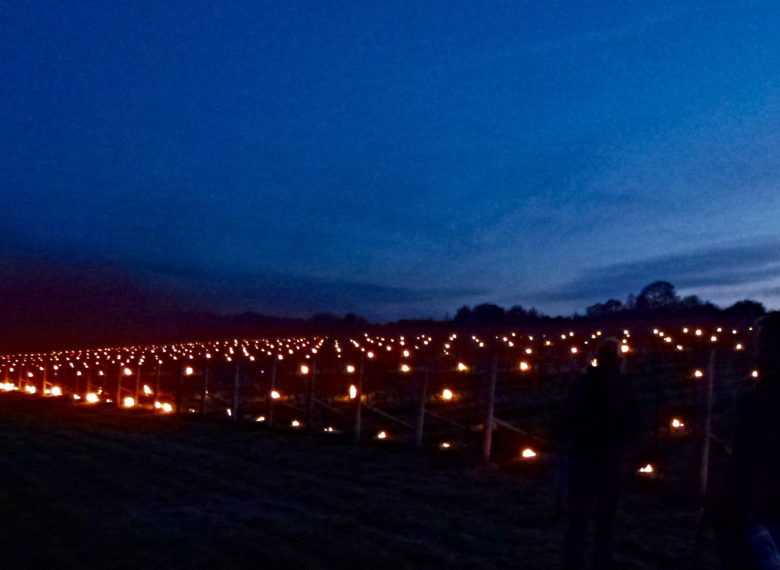
Over the decades, and around the world, people have been coming up with different ways to limit the damage the frost wreaks. In Burgundy they traditionally set light to large bales of straw to create a layer of smoke over the vineyards that reduces the impact of a sudden thawing of the buds. Where there is plenty of stored water, sprinkler systems can be used to encase the buds in ice which, counterintuitively, insulates them from getting any colder than about -1C. There are even huge fans that blow the cold, still air at ground level some 300 feet in to the air creating a sort of convection current, drawing warmer air in from elsewhere.
At Burge’s Field we use candles – very big candles, each about the size of a bucket. Every year we set them out in the vineyard at about 400 to the acre. Then we wait. An alarm on the weather station sends out a text when the temperature gets to 0.5C. If it keeps falling then the calls go out and a dedicated band of frost warriors leaps out of bed and converges on the vineyard. Armed with flaming weed wands we speed up and down the alleys lighting the candles – and, thankfully, they really work. In 2017, for example, the frosts were the worst for many years and on the 28thApril the temperatures outside the vineyard got down to -5.8C. We were hit hard, losing some 50% of the buds in the lowest lying and furthest advanced areas but, if we hadn’t had the candles keeping temperatures above -3C we would have lost probably 75% of the whole vineyard.
Despite the unavoidable dread at the potential damage, there is an upside to frost duty – the moon sailing above a vineyard filled with flickering candles and then the gradual lightening of the sky in the east as the moon is extinguished by the arrival of the sun.
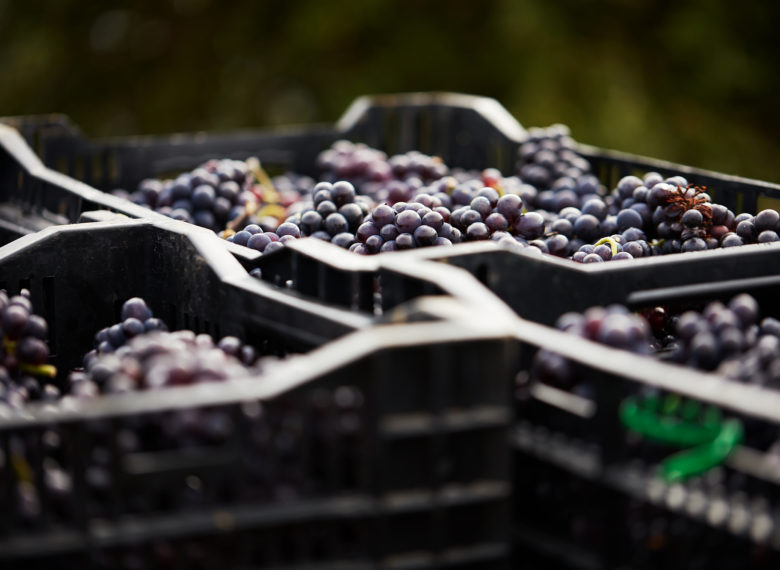
harvest is done
As gulls fly south to the coast our fourth harvest is gathered. It’s brought a difficult year to an end but, after all the weather has thrown at the vineyard over the last 6 months, there is a surprising sense of optimism… A 30 strong team has taken 5 days to pick, pack and deliver to the winery somewhere just short of 50 tonnes.
The Pinot Meunier, which was the least affected in the vicious frosts at the end of April, produced the best yield. The Chardonnay was hit the worst in April so, even though renowned as a heavy cropper, it only produced about the same as the Pinot Noir, which also fared badly in the frosts.
We have understood since April that our yields would be down but the upside was good ripeness - especially in a couple of the north blocks of Pinot Meunier. We left them a good bit longer as an experiment and, while the sugars didn't improve much since there isn't much photosynthesis going on at this time of year, the acidity levels dropped nicely - should be very good for the PINK.
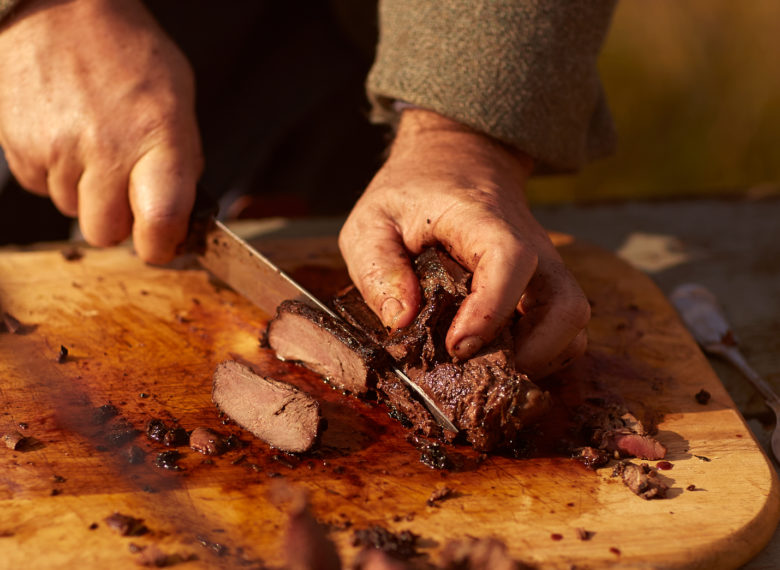
At noon on the last day Rose and Barnaby appear with two enormous legs and two fillets of venison. This is fallow deer from the woods around the Grange and the meat has been marinading overnight in wine and garlic and thyme. The flavour-laden smoke from the two oil-drum barbecues makes everyone pick and stack the last few rows that little bit faster.
At three in the afternoon it is finished and the team falls on rolls stuffed with rare meat and crunchy coleslaw, a glass of warming Tempranillo washes the rolls down and then Lucy produces mountains of brownies.



